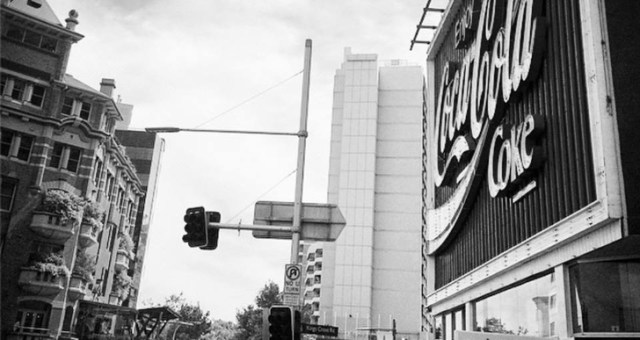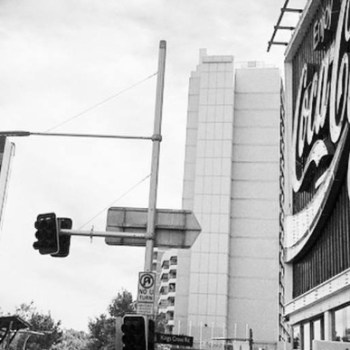By Andy Young, editor TheShout
The latest phase of the City of Sydney’s Late Night Management Areas Research (LNMAR) has highlighted significant drops in foot traffic in large parts of the city’s Entertainment Precinct, since the introduction of the lockouts.
The research, carried out by City of Sydney consultants Urbis and Austraffic, compared foot traffic in Kings Cross, Oxford Street and the CBD South in December 2012 and March 2015.
While there were some early evening increases in foot traffic, late night numbers were down. The report showed decreases in Kings Cross of 84 per cent, in Oxford Street of 82 per cent and in the CBD South of 70 per cent.
The research also showed increases in “peak pedestrian counts across all times on Friday” in Newtown, adding “on Saturday, again, Newtown observed increases in peak pedestrian counts across the night, peaking at 12am”. This appears to support claims that rather than fixing the problems that were associated with Kings Cross and the CBD, the lockout laws have simply moved them.
“Today’s figures come as no surprise to the industry,” AHA NSW president Scott Leach told TheShout.
“Pedestrian counts are well down across the CBD and Kings Cross because no one is going there. Numbers appear up in some other areas but we are pleased to note there hasn’t been a correlating rise in street violence.
“While some will be pleased to justify the destruction of the night-time economy by quoting reductions in street violence in the Sydney CBD and Kings Cross, it should be remembered one set of statistics doesn’t paint the full picture.
“Alcohol related assault figures are trending down in areas right across NSW – state-wide they are at the lowest levels since the 90s. These are areas that do not have severe measures imposed from above. AHA NSW is constantly making this point.”
In terms of anti-social behaviour the report said: “When anti-social behaviour density was compared between 2012 and 2015, Kings Cross observed the largest decreases in the number of incidents, while Redfern observed the largest increase per 1000 people.”
Surveyors classified anti-social behaviour as: serious, involving physical and verbal fights, shouting; less serious, classed as staggering, vomiting and street drinking; and non-serious, incidents of playing or singing. Redfern is not covered by the state government’s lockout laws.
The LNMAR conducted three main elements to its research:
- Pedestrian counts – the number of pedestrians on the street each hour from 5pm to 5am
- Observation survey – on-street activity including congregation, footway congestion, antisocial behaviour and temporal economic diversity
- Precinct surveys – interviews with patrons of the night-time economy regarding reasons for visitation, types of venues visited, methods of travel, times of departure, demographic profile and place of residence.
While the numbers do highlight significant changes to the foot traffic in Sydney’s late-night entertainment areas, the authors of the report did acknowledge that the research only covered two typical evenings in the each of the years.
The lockout laws were introduced in February 2014 and the state government is conducting a review of the laws this month.



